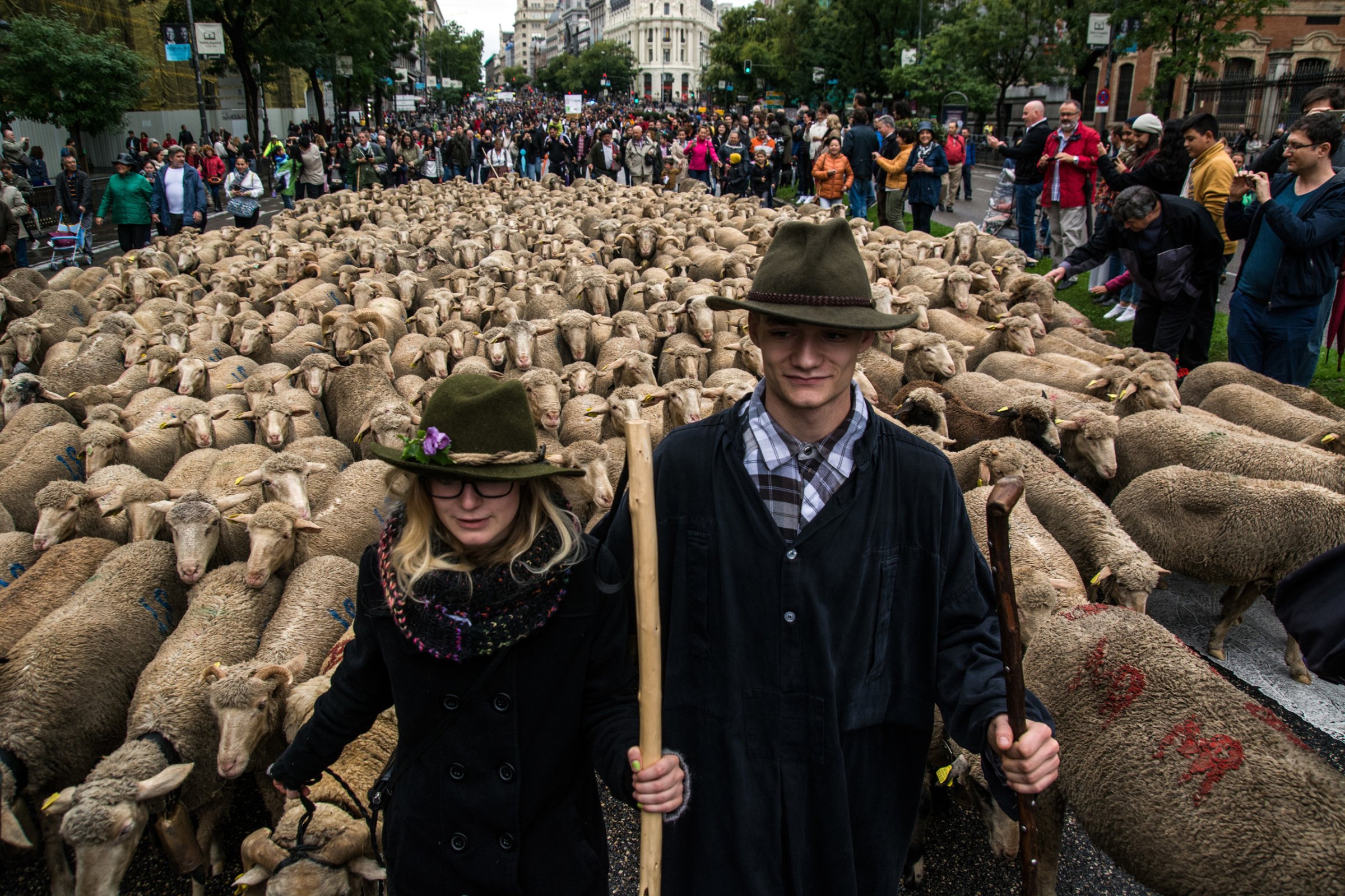
The grass was greener on the other side for the thousands of sheep that walked through Madrid during Fiesta de la Transhumancia (Transhumance Festival), on Oct. 23, 2016.
The tradition started as an ancient agricultural practice of moving a flock of sheep from one field to another to prevent overgrazing. The migration happens twice a year as the animals move from higher altitudes during the summer and lower altitudes during the winter, the Digital Journal reported.
The area’s shepherds struck a deal in 1418 that allowed the animals to walk through the city freely, however they had to pay a toll of 160 maravedies. A few shepherds still pay in the medieval currency in memory of the deal.
According to the National Post, the number of animals that take part in Transhumance has dropped from a million to a few thousand because of urban farming. The Ministry of Agriculture has been keeping the tradition alive by promoting the festival since 1994.
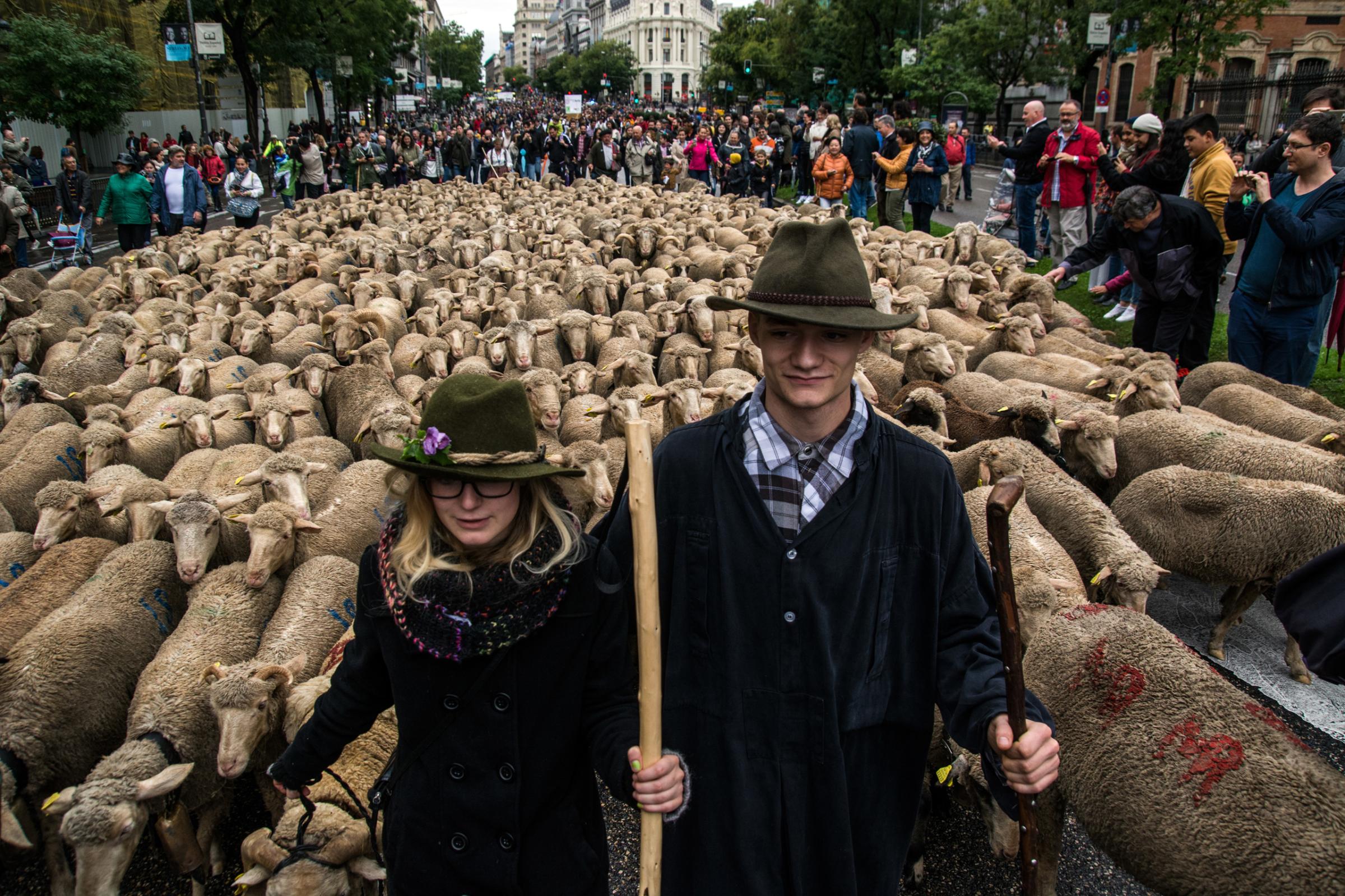

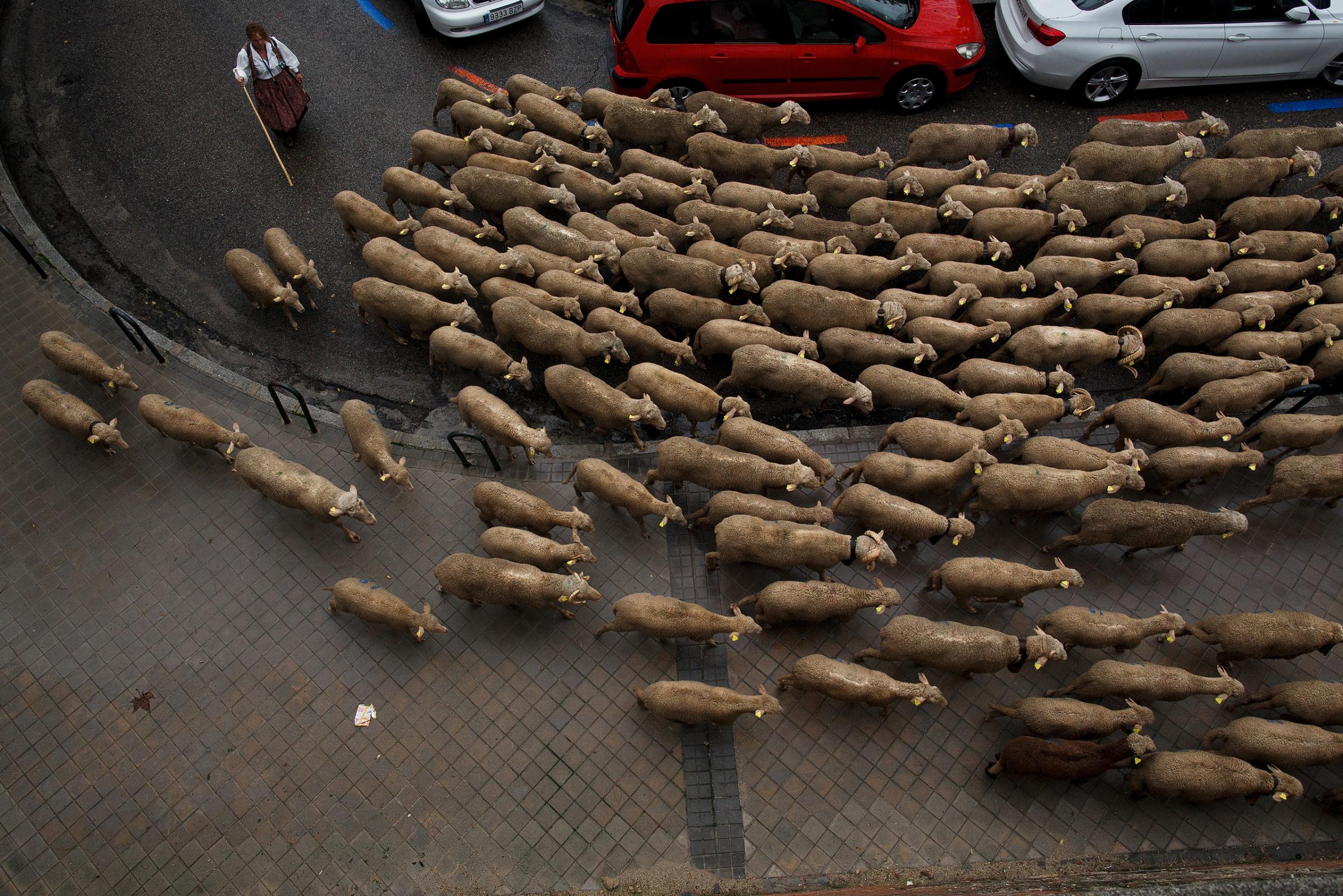
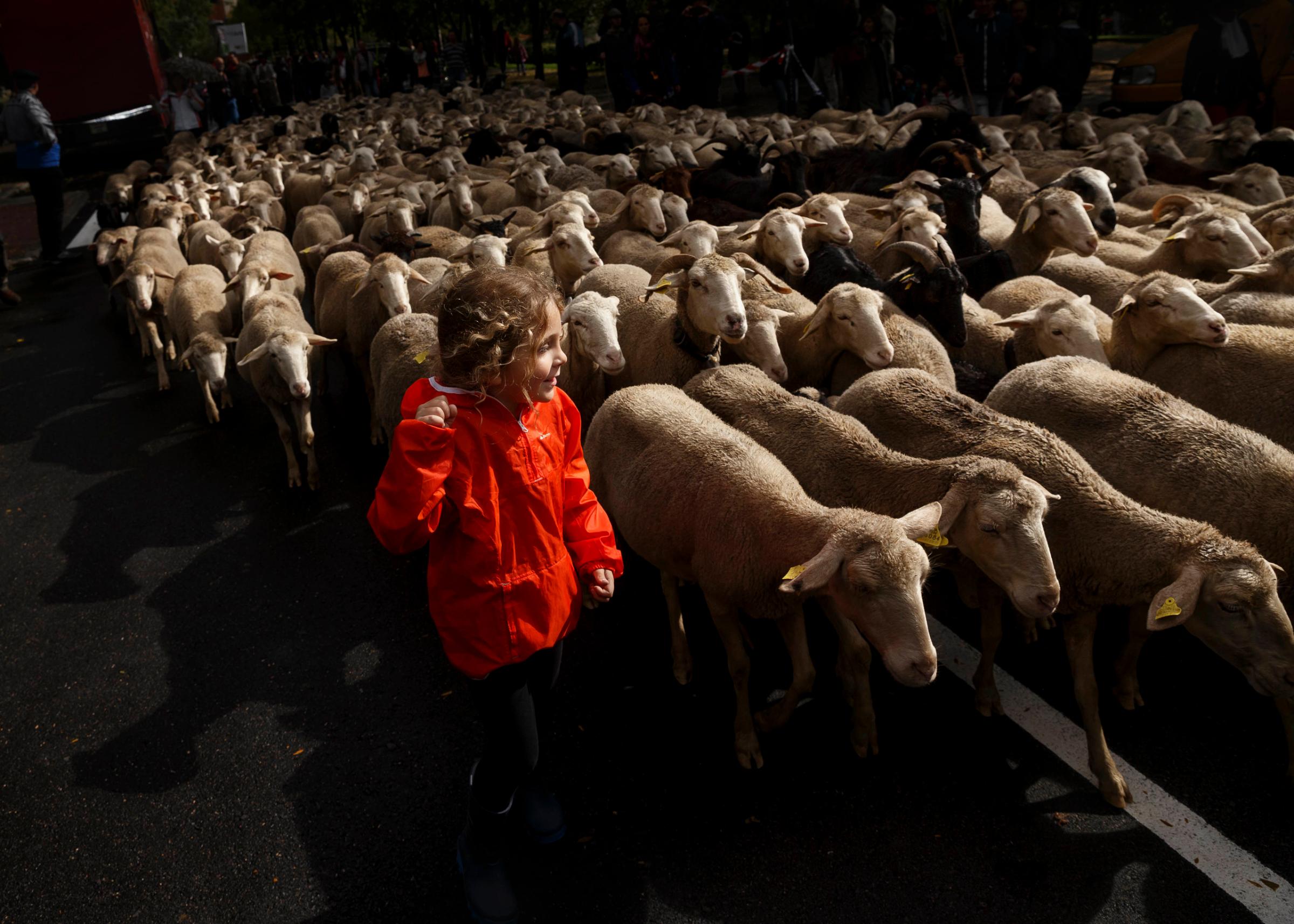
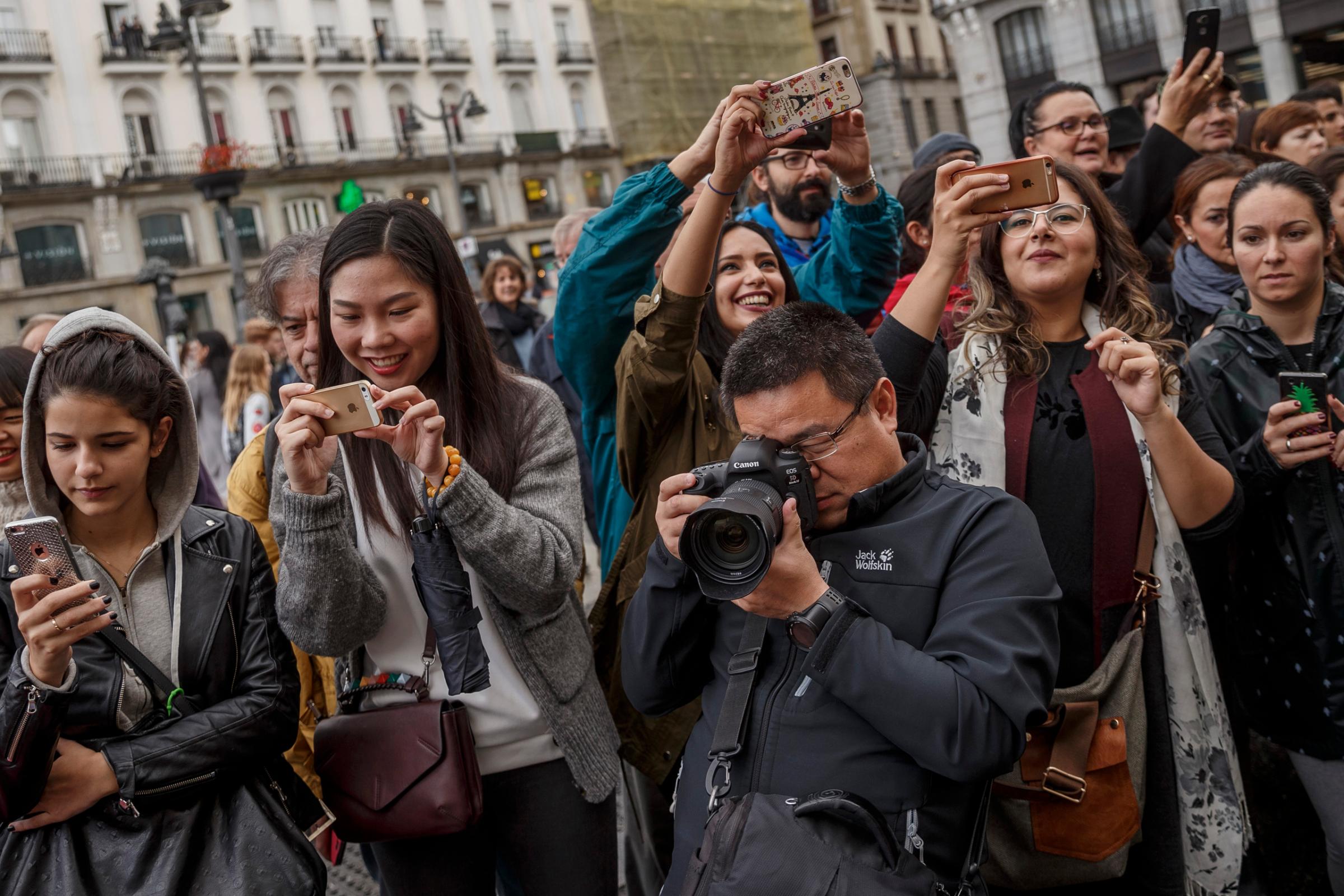
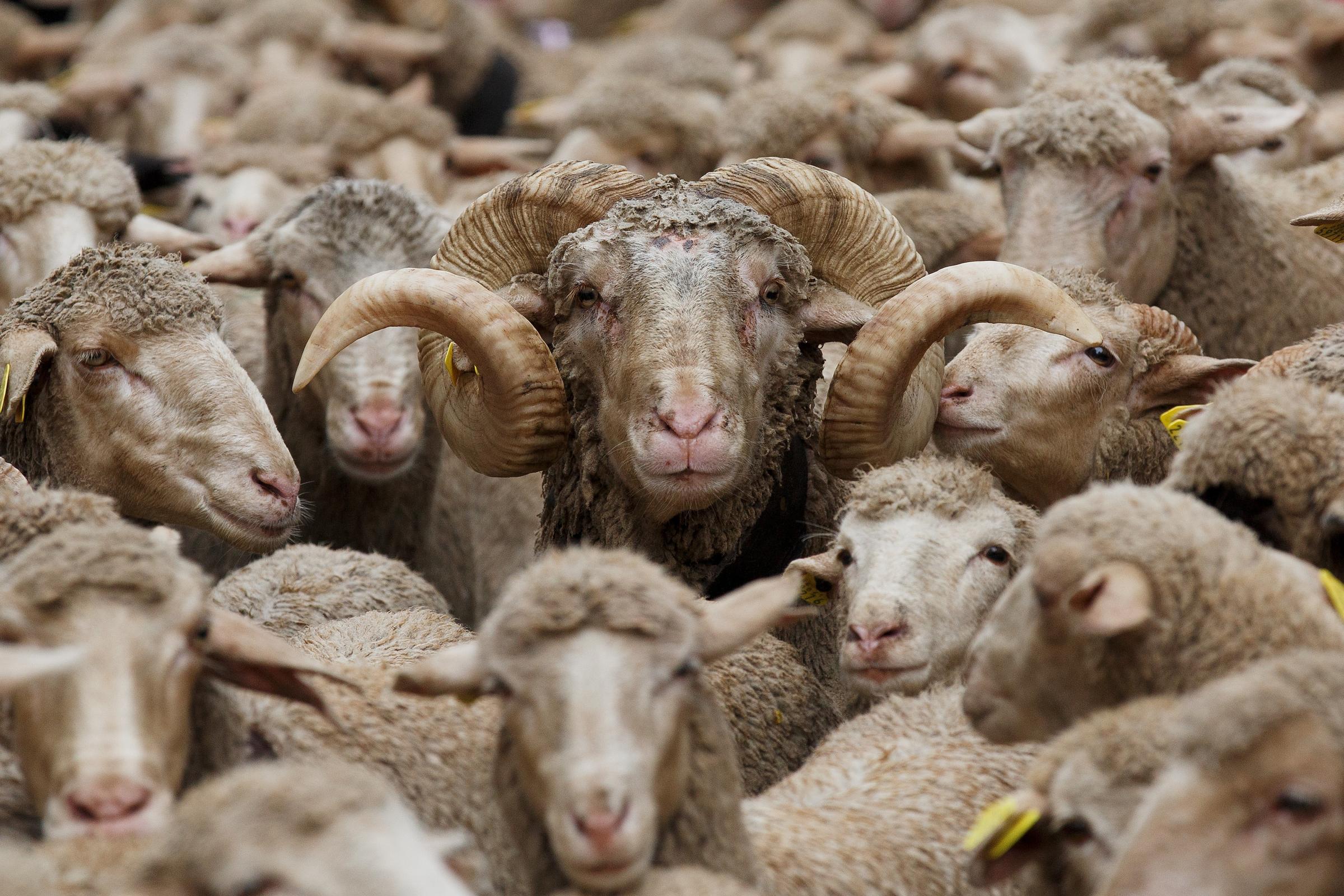

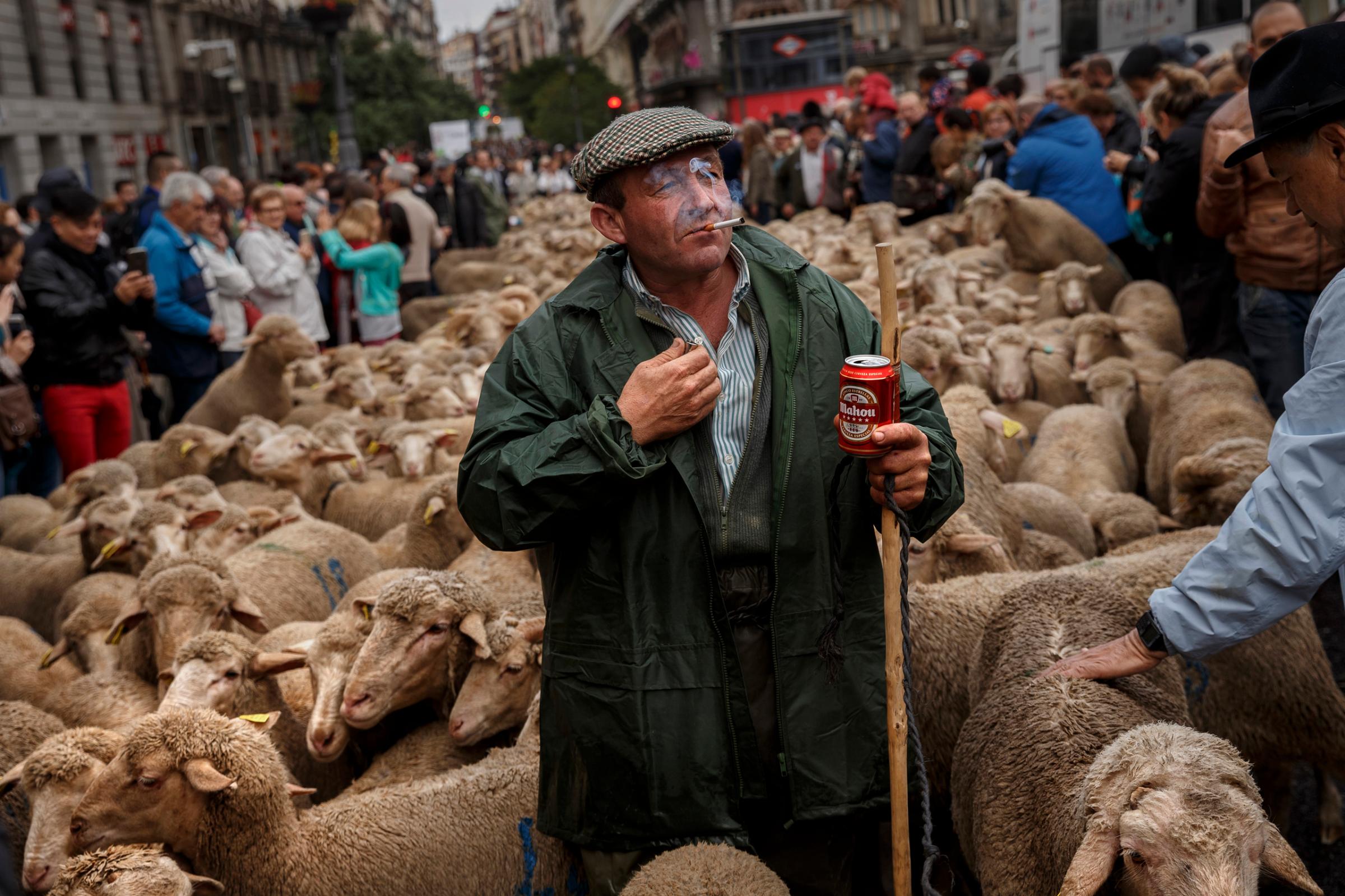
More Must-Reads from TIME
- Why Trump’s Message Worked on Latino Men
- What Trump’s Win Could Mean for Housing
- The 100 Must-Read Books of 2024
- Sleep Doctors Share the 1 Tip That’s Changed Their Lives
- Column: Let’s Bring Back Romance
- What It’s Like to Have Long COVID As a Kid
- FX’s Say Nothing Is the Must-Watch Political Thriller of 2024
- Merle Bombardieri Is Helping People Make the Baby Decision
Contact us at letters@time.com